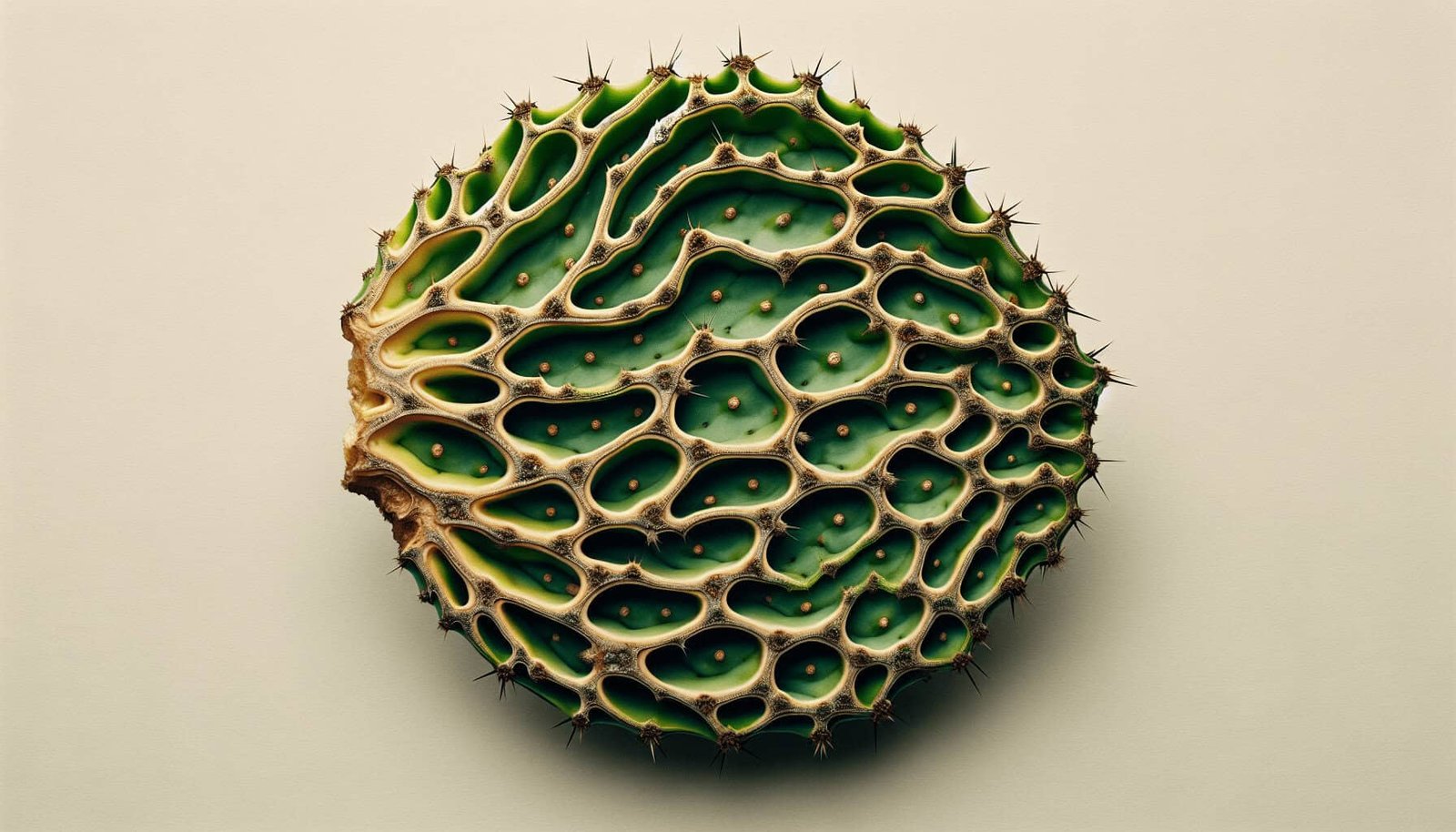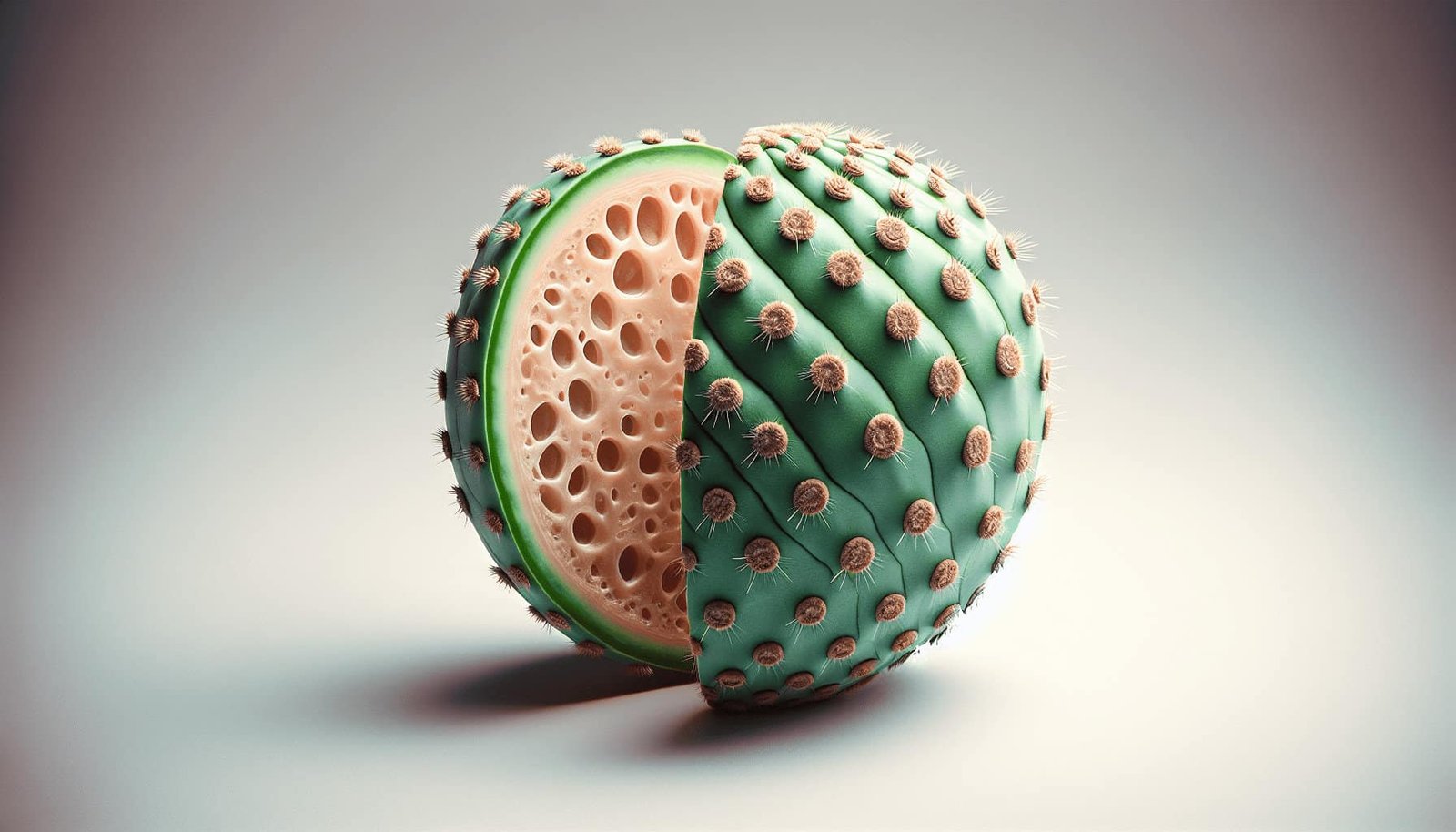Have you ever wondered how to propagate Nopal cactus from cuttings? Whether you’re a seasoned gardener or a novice plant enthusiast, propagating Nopal cactus can be a rewarding and straightforward endeavor. This guide aims to provide you with a comprehensive understanding of how to grow these unique and versatile plants from cuttings, ensuring that you can easily expand your collection or start a new one.

Understanding Nopal Cactus
Before diving into the propagation process, it’s important to have a basic understanding of what Nopal cactus is and why it’s a favored choice among gardeners.
What is Nopal Cactus?
Nopal cactus, commonly known as prickly pear cactus, belongs to the genus Opuntia. It is renowned for its edible pads and fruit, which are used in various culinary dishes, especially in Mexican cuisine. This cactus is not only a food source but also has medicinal properties and is an ornamental plant due to its striking appearance.
Benefits of Nopal Cactus
Nopal cactus is valued for multiple reasons:
- Culinary Uses: The pads (nopales) and fruits (tunas) are edible and used in salads, soups, and stews.
- Health Benefits: Rich in antioxidants, fiber, and vitamins, Nopal has been linked to improved digestion, reduced inflammation, and better blood sugar control.
- Easy to Grow: This cactus is drought-tolerant and requires minimal maintenance, making it an excellent choice for both indoor and outdoor gardening.
Preparing for Propagation
Starting your propagation journey requires some preliminary steps. Proper preparation ensures that your cuttings have the best chance to thrive.
Selecting the Right Cutting
Choosing a healthy, mature pad is crucial for successful propagation. Look for a pad that is at least six months old, firm, and free of any blemishes or signs of disease.
Tools You’ll Need
Make sure you have the following items ready:
- Sharp, clean knife or garden shears
- Gloves to protect your hands from spines
- Disinfectant for cleaning your tools
- A flat surface for drying the cuttings
- Planting pots or containers filled with well-draining soil
Best Time to Propagate
Spring and early summer are ideal for propagating Nopal cactus since the warmer temperatures and longer daylight hours promote faster root development.
Step-by-Step Propagation Guide
Now that you’re prepared, let’s go through each step of the propagation process in detail.
Cutting the Pad
- Sanitize Your Tools: Begin by disinfecting your knife or garden shears with rubbing alcohol or a diluted bleach solution to prevent infection.
- Select and Cut the Pad: Choose a healthy, mature pad and cut it cleanly at the base where it connects to the main plant. Make sure the cut is smooth to avoid ragged edges that could invite disease.
Preparing the Cutting
- Dry the Cutting: Place the cut pad on a flat surface in a dry, shaded area. Allow the cut end to callous over for about 1-2 weeks. This step is crucial as it prevents rotting when the pad is planted.
- Monitor the Drying Process: Check the pad periodically. It should develop a hard, dry layer over the cut end, signaling that it’s ready for planting.
Planting the Cutting
- Select a Container: Choose a pot with drainage holes to prevent water from accumulating at the bottom.
- Prepare the Soil: Fill the pot with well-draining soil, such as a cactus or succulent mix. You can also use a mix of sand, perlite, and potting soil.
- Plant the Pad: Insert the calloused end of the pad about 1-2 inches into the soil. Make sure it’s upright and stable.
- Watering the Cutting: Lightly water the soil to moisten it without making it soggy. Allow the soil to dry completely before the next watering.
Caring for the New Plant
- Place in a Bright Location: Ensure your newly planted Nopal cactus is in a location that gets plenty of indirect sunlight.
- Water Sparingly: Overwatering is a common mistake. Water the plant only when the soil has completely dried out.
- Monitor Growth: Keep an eye on the cutting. Within a few weeks, you should see signs of new growth, indicating that roots are developing.
Troubleshooting Common Issues
Propagation can sometimes come with challenges. Here’s how to address a few common problems:
| Issue | Cause | Solution |
|---|---|---|
| Pad Rotting | Overwatering or planting before callousing | Ensure the cut end is dry and reduce watering |
| No Root Growth | Insufficient light or poor soil drainage | Move to a brighter location, adjust soil mix |
| Pest Infestation | Aphids or mealybugs | Use insecticidal soap or neem oil |
Maintaining Your Nopal Cactus
Once your new plant is established, ongoing care will ensure it continues to thrive and grow.
Watering Needs
Nopal cactus is drought-resistant, so it requires minimal watering. During the growing season (spring and summer), water the plant deeply once the soil is completely dry. In the dormant period (fall and winter), reduce watering frequency.
Fertilizing
Feed your Nopal cactus with a balanced, water-soluble fertilizer during the growing season. A once-monthly feeding will provide the nutrients it needs. Reduce or cease fertilizing in the dormant months.
Pruning
Occasionally, you may need to prune your cactus to remove dead or diseased pads. Use clean, sharp tools and follow the same methods used for taking cuttings to avoid damaging the plant.
Pest and Disease Management
Common pests include aphids, mealybugs, and spider mites, which can be managed with insecticidal soap or neem oil. Ensure good air circulation and avoid overwatering to prevent fungal infections.

Benefits of Growing Nopal Cactus
Cultivating Nopal cactus brings numerous benefits beyond the joy of gardening.
Environmental Benefits
Nopal cacti are excellent for xeriscaping and can help conserve water. They also provide habitat and food for wildlife.
Culinary Advantages
Having your own supply of fresh Nopales and Tunas can enhance your culinary adventures, providing you with a source of healthy and delicious ingredients.
Health Improvements
Growing Nopal cactus means you have a personal supply of pads and fruits that can contribute to a healthier diet, supporting better digestion, reduced inflammation, and overall wellness.
Expanding Your Cactus Collection
Once you’ve successfully propagated your first Nopal cactus, you might want to try different varieties or share cuttings with friends and family. Here are some tips to keep in mind:
Different Varieties
Explore various species and hybrid varieties to expand your collection. Some popular types include Opuntia ficus-indica, Opuntia humifusa, and Opuntia engelmannii.
Sharing Cuttings
Propagating Nopal cactus cuttings can be a fun activity to share with others. Offer extra cuttings to friends or donate to community gardens to spread the joy of gardening.
Conclusion
Propagating Nopal cactus from cuttings is a gratifying process that adds both beauty and utility to your garden. With a little patience and care, you can successfully grow these resilient plants and enjoy the various benefits they offer. By following the steps outlined in this guide, you’ll be well on your way to becoming a Nopal cactus propagation pro. So, roll up your sleeves and get ready to add some prickly charm to your greenspace!

